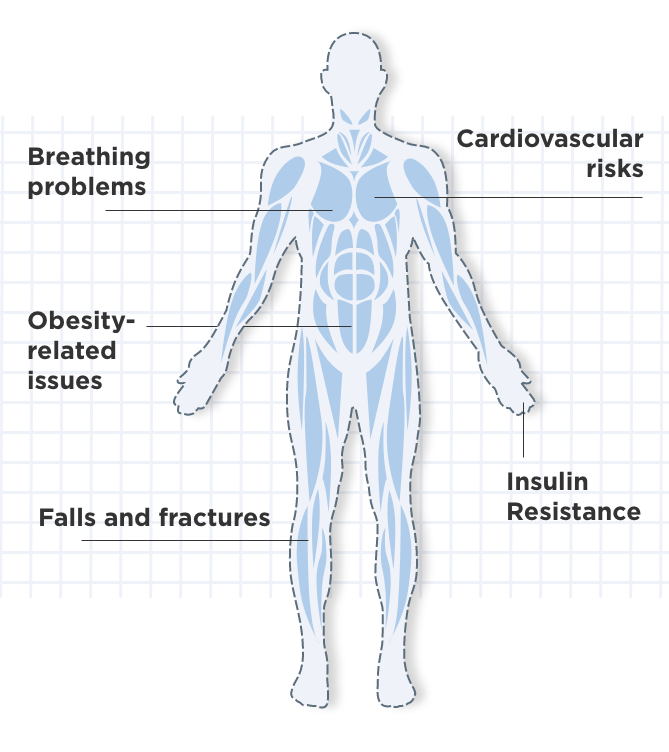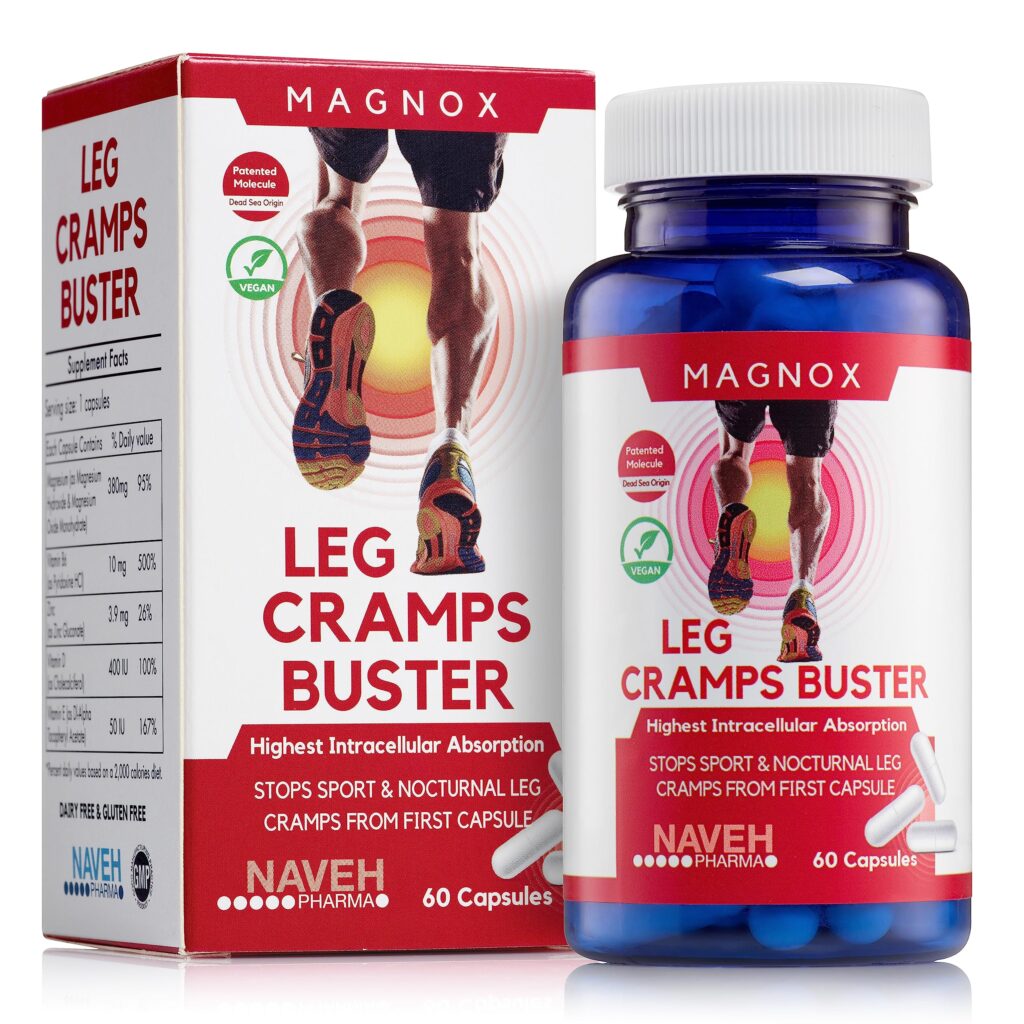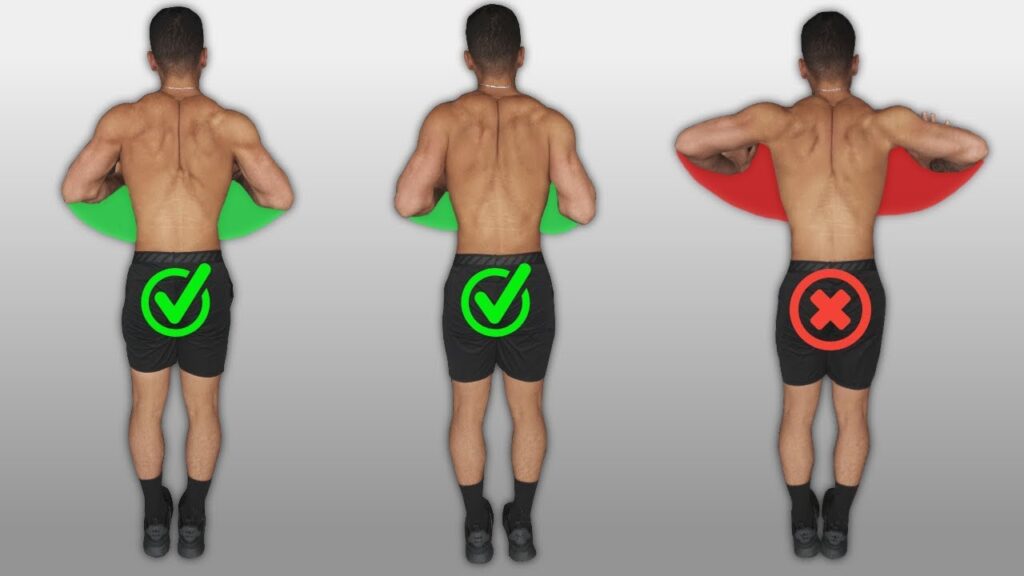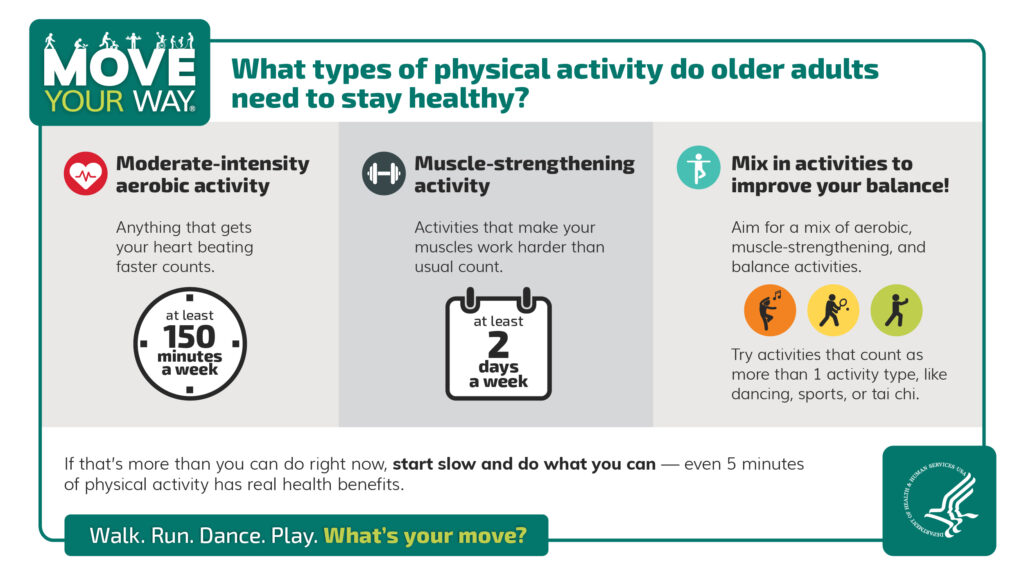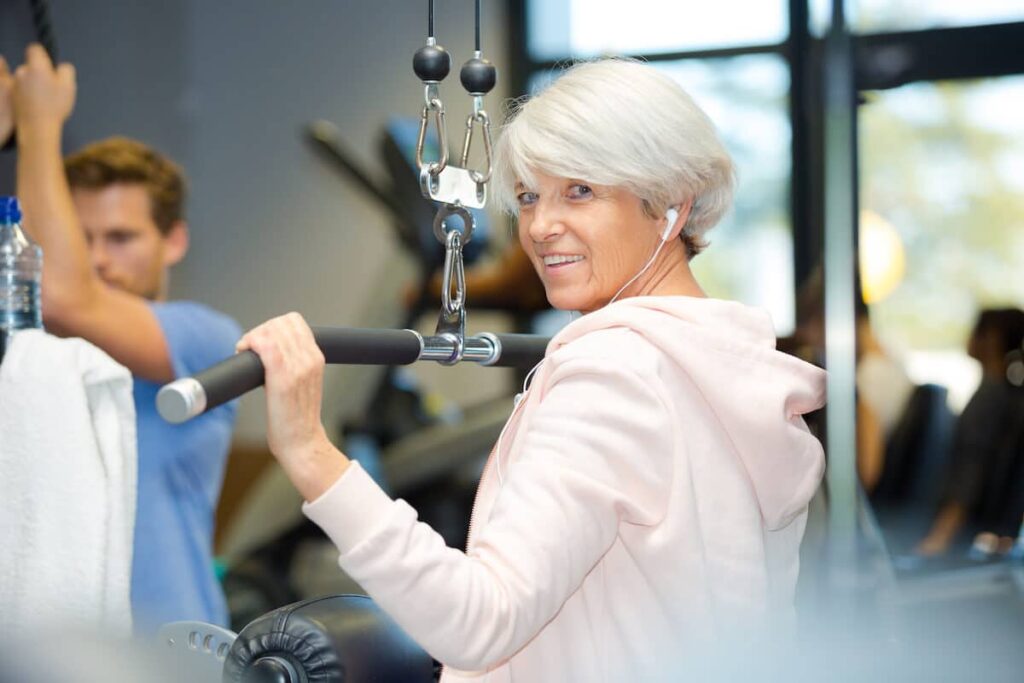Muscle strengthening activities enhance muscle mass and improve overall physical fitness. They also reduce the risk of chronic diseases.
Muscle strengthening activities are crucial for maintaining a healthy lifestyle. These exercises include weight lifting, resistance band exercises, and body-weight workouts like push-ups and squats. Engaging in regular muscle strengthening not only boosts muscle mass but also improves metabolic rate, aiding in weight management.
Stronger muscles contribute to better posture, enhanced balance, and increased bone density, reducing the risk of osteoporosis. Additionally, they lower the chances of developing chronic conditions such as diabetes, heart disease, and arthritis. Incorporating muscle strengthening activities into your fitness routine can significantly improve your quality of life and physical well-being.

Credit: fitnessfit.com.au
Physical Health Benefits
Engaging in muscle strengthening activities boosts metabolism, enhances bone density, and improves overall physical endurance. These exercises also aid in reducing injury risks and maintaining a healthy weight.
Improved Muscle Mass
Muscle strengthening activities help build stronger muscles. These activities make your muscles grow bigger. Bigger muscles can do more work. They can lift heavier things. Strong muscles make your body look better. They also help you move easier. You can do more fun activities.
Enhanced Bone Density
Strong muscles help your bones too. They make bones stronger. This keeps bones healthy. Strong bones break less. They also help you stand tall. You can stay active longer. Good bones make you feel young.
Mental Health Advantages
Muscle strengthening activities help reduce stress. Exercise releases feel-good chemicals in the brain. These chemicals help you feel calmer and happier. Regular muscle work can lower stress hormones. Less stress makes it easier to handle daily challenges.
Exercise improves mood by boosting endorphins. Endorphins make you feel happy and positive. Muscle strengthening activities also increase energy levels. Feeling stronger and more energized can lift your spirits. Engaging in exercise helps you feel more confident. Confidence contributes to a better mood.
Injury Prevention
Muscle strengthening activities help maintain strong and stable joints. This keeps the joints from moving too much. Strong muscles around the joints provide support. This reduces the chance of injuries. Strong joints also help in daily activities. Everyday tasks become easier and safer.
Strong muscles improve balance and coordination. This helps prevent falls. Falls can cause serious injuries. Strength training makes your body more stable. This lowers the risk of falling. Older adults benefit a lot from this. It helps them stay active and independent.
Metabolic Boost
Muscle strengthening activities can boost your metabolism. Muscles burn more calories than fat. This means you burn more calories even while resting. A higher metabolism helps your body use energy better. This can lead to better overall health.
Building muscle helps manage your weight. Muscles use more energy than fat. This helps keep your weight in a healthy range. Regular muscle workouts also help control your body fat. Staying active with muscle exercises keeps your body strong and fit.
Functional Strength
Muscle strengthening makes daily tasks easier. Carrying groceries becomes effortless. Lifting objects is less of a chore. Climbing stairs feels less tiring. Strong muscles protect against injuries. They help maintain good posture. Reduced back pain is another benefit. Everyday life becomes more manageable.
Stronger muscles improve sports performance. Athletes run faster and jump higher. Endurance levels also rise. They recover quicker from injuries. Training sessions become more effective. Strong muscles help maintain balance. Athletes can compete better and longer.
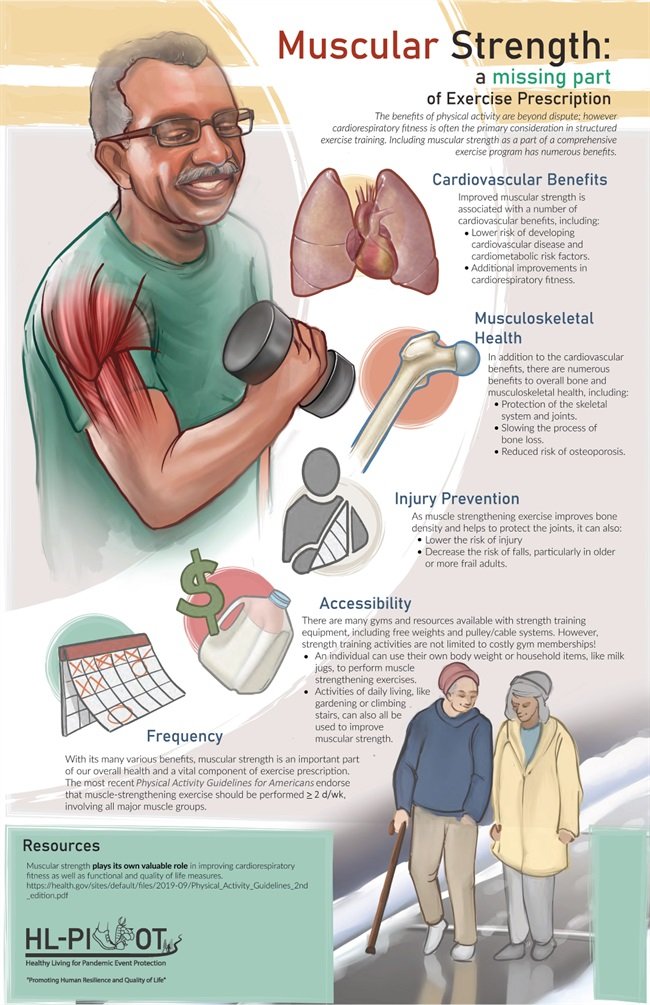
Credit: twitter.com
Aging Gracefully
Muscle strengthening activities help older adults stay independent. They make daily tasks easier and safer. Strong muscles help with lifting, walking, and even standing up. This reduces the risk of falls and injuries. Muscle strength also supports better balance and coordination. It means fewer accidents at home or outside. Keeping muscles strong can help older adults enjoy hobbies and social activities. It keeps them active and engaged with their community.
Muscles get weaker with age. Strengthening activities slow this process. They help keep muscles firm and strong. Exercising muscles can prevent muscle loss. It also helps in building new muscle fibers. This keeps the body strong and healthy. Muscle workouts improve blood flow and nutrient supply to muscles. This supports better muscle recovery and growth.
Improved Posture
Muscle strengthening helps to keep the spine aligned. Strong muscles support the spinal column. This can prevent slouching and poor posture. It makes standing and sitting easier for longer periods. Proper spinal alignment reduces the risk of back injuries.
Strong muscles can reduce back pain. They take the pressure off the spine. Less strain on the spine means less discomfort. Exercises like planks and deadlifts strengthen the back. This makes everyday movements less painful. A strong back supports daily activities better.
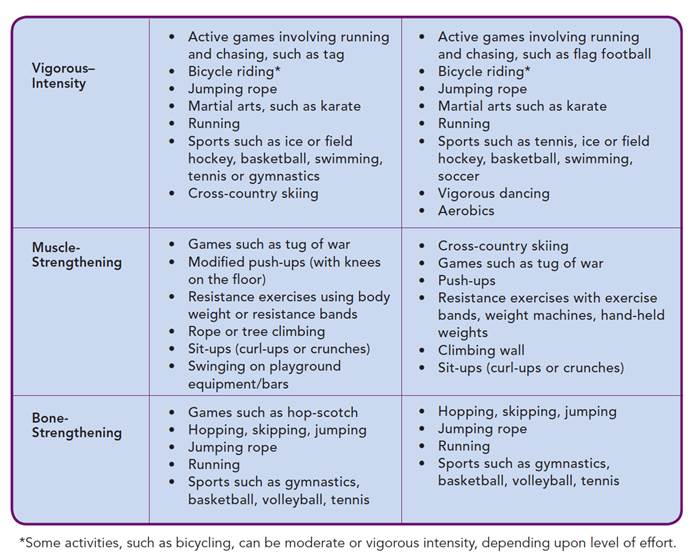
Credit: www.catalystforchildren.org
Social And Community
Group workouts bring people together. They create a sense of community. Working out in groups makes exercise fun. People cheer each other on. This support boosts motivation. It also helps build friendships. These friendships often extend outside the gym. Group workouts can make exercise feel less like a chore. They turn it into a social event.
Muscle strengthening activities build confidence. Each session shows progress. Lifting heavier weights feels good. Seeing muscles grow boosts self-esteem. Achieving goals makes people proud. Confidence gained in the gym spills into daily life. People feel better about themselves. They walk taller and smile more. This newfound confidence helps in work and school too.
Frequently Asked Questions
What Are Muscle Strengthening Activities?
Muscle strengthening activities involve exercises like lifting weights, resistance band workouts, and body-weight exercises. These activities build muscle mass, strength, and endurance. They are essential for overall fitness.
How Often Should You Do Muscle Strengthening Activities?
Experts recommend doing muscle strengthening activities at least two days per week. This helps in maintaining muscle mass and improving strength. Consistency is key for best results.
Can Muscle Strengthening Activities Help With Weight Loss?
Yes, muscle strengthening activities can help with weight loss. Building muscle increases your metabolism. This means you burn more calories, even at rest.
Are Muscle Strengthening Activities Safe For Older Adults?
Yes, muscle strengthening activities are safe for older adults. They help improve balance, bone density, and overall strength. Always consult a healthcare provider before starting any new exercise regimen.
Conclusion
Muscle strengthening activities provide numerous health benefits. They improve physical health, mental well-being, and daily functionality. Incorporating these exercises into your routine can enhance life quality. Start small, stay consistent, and enjoy the lasting advantages of a stronger body. Your future self will thank you for the effort and dedication.

